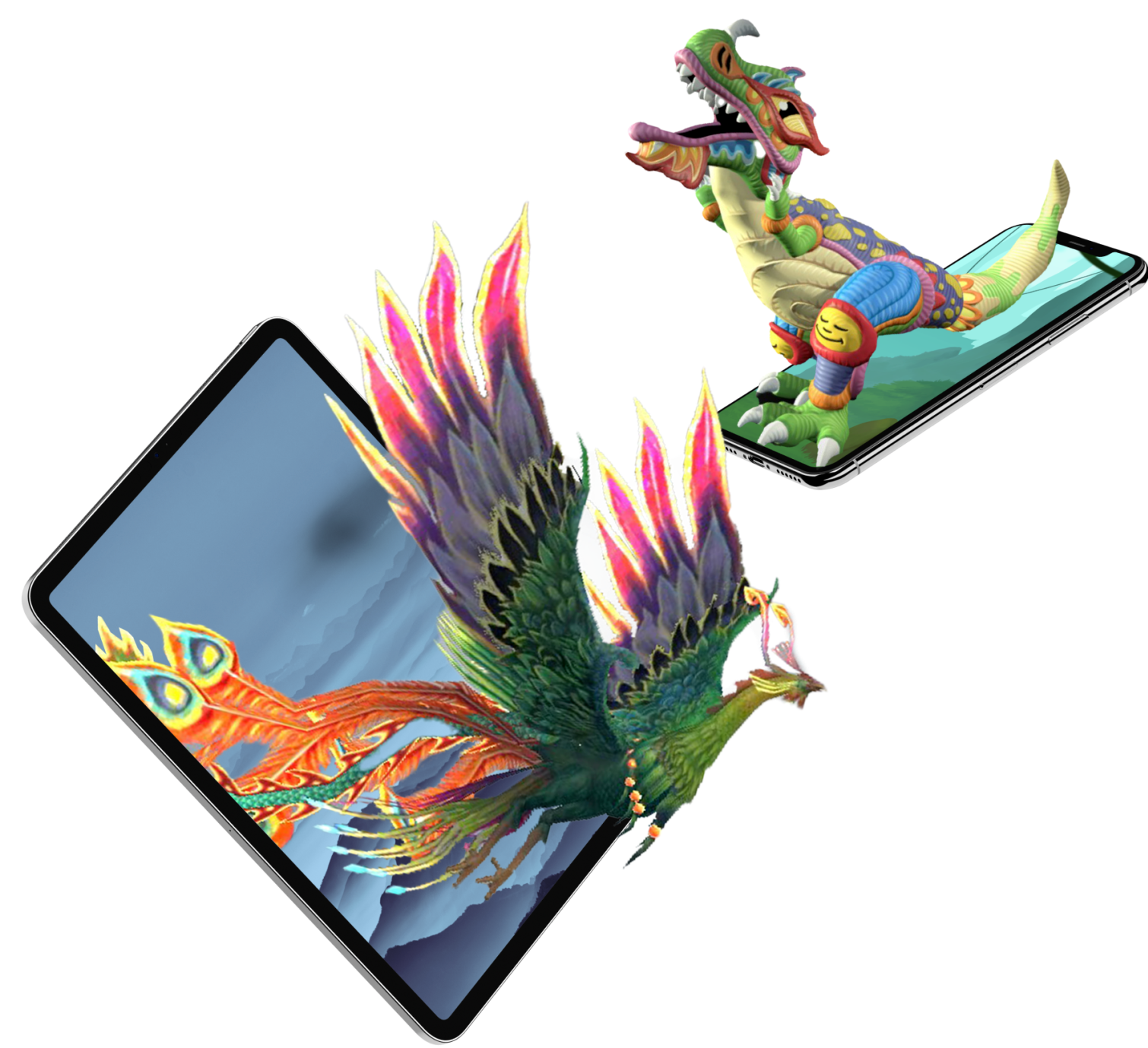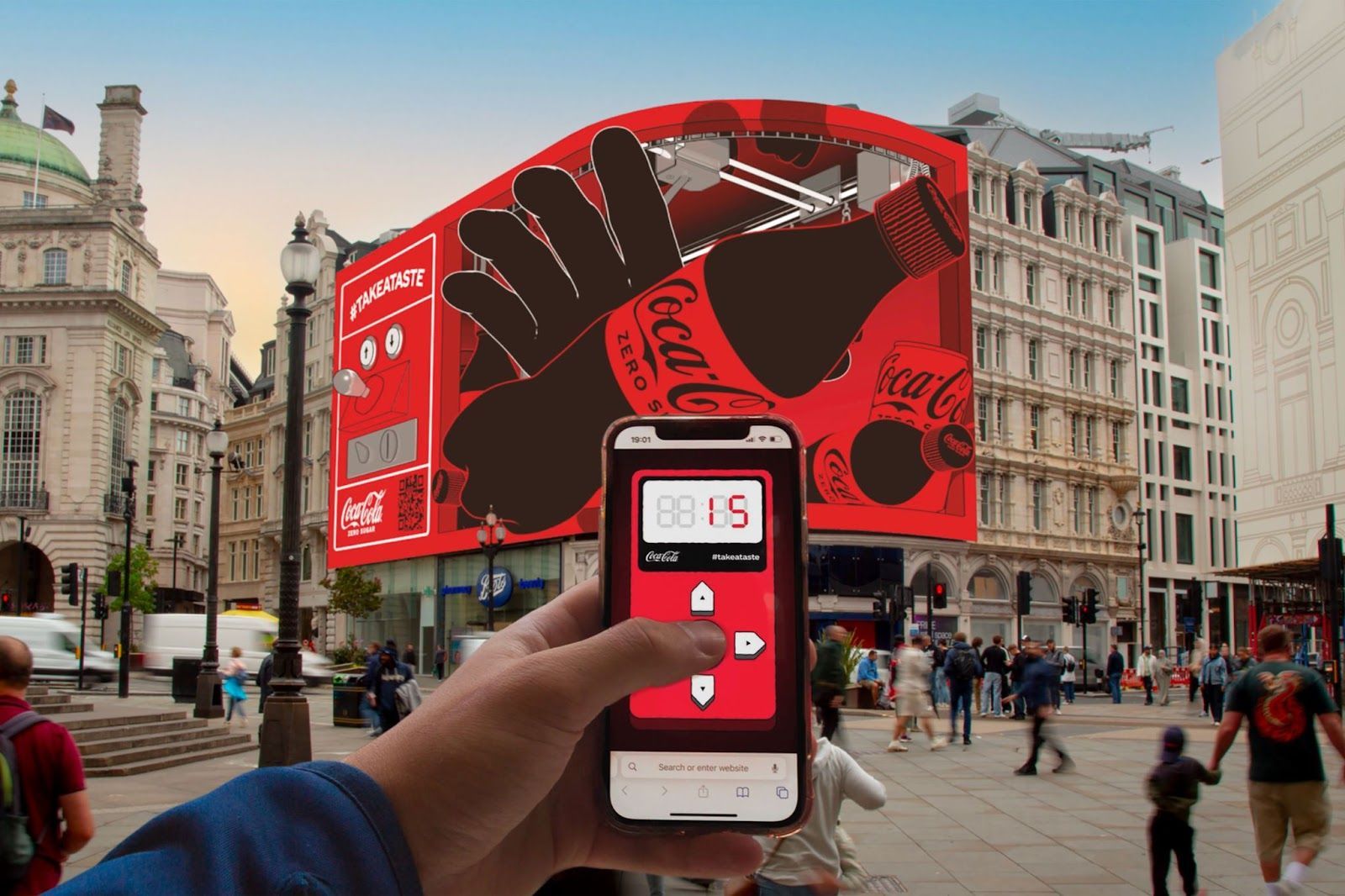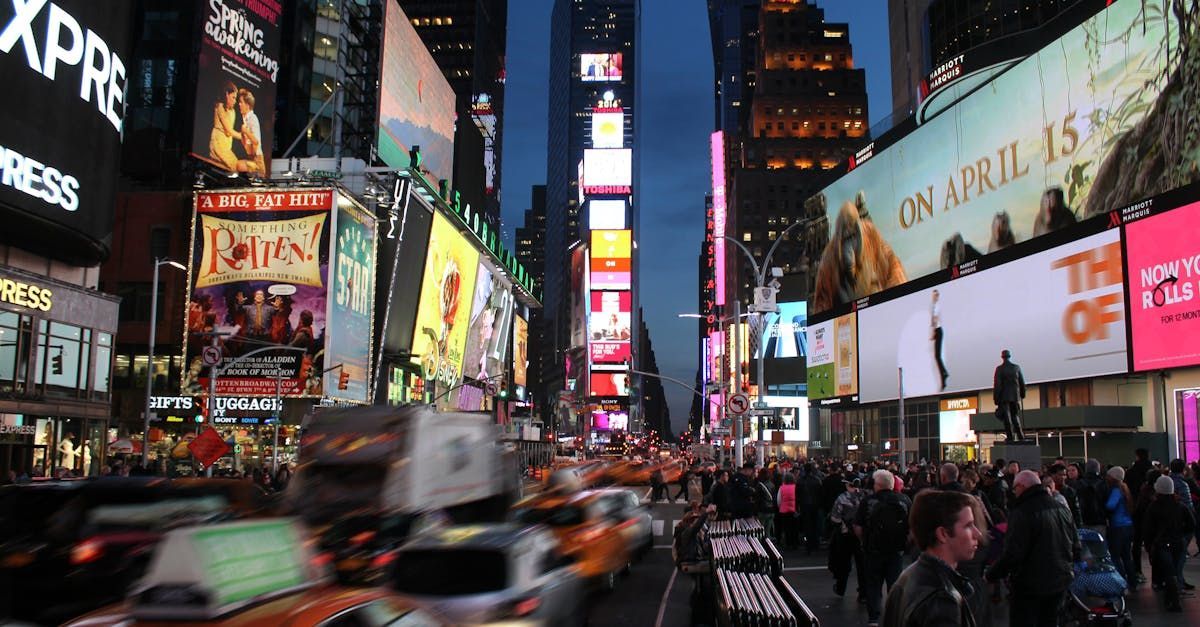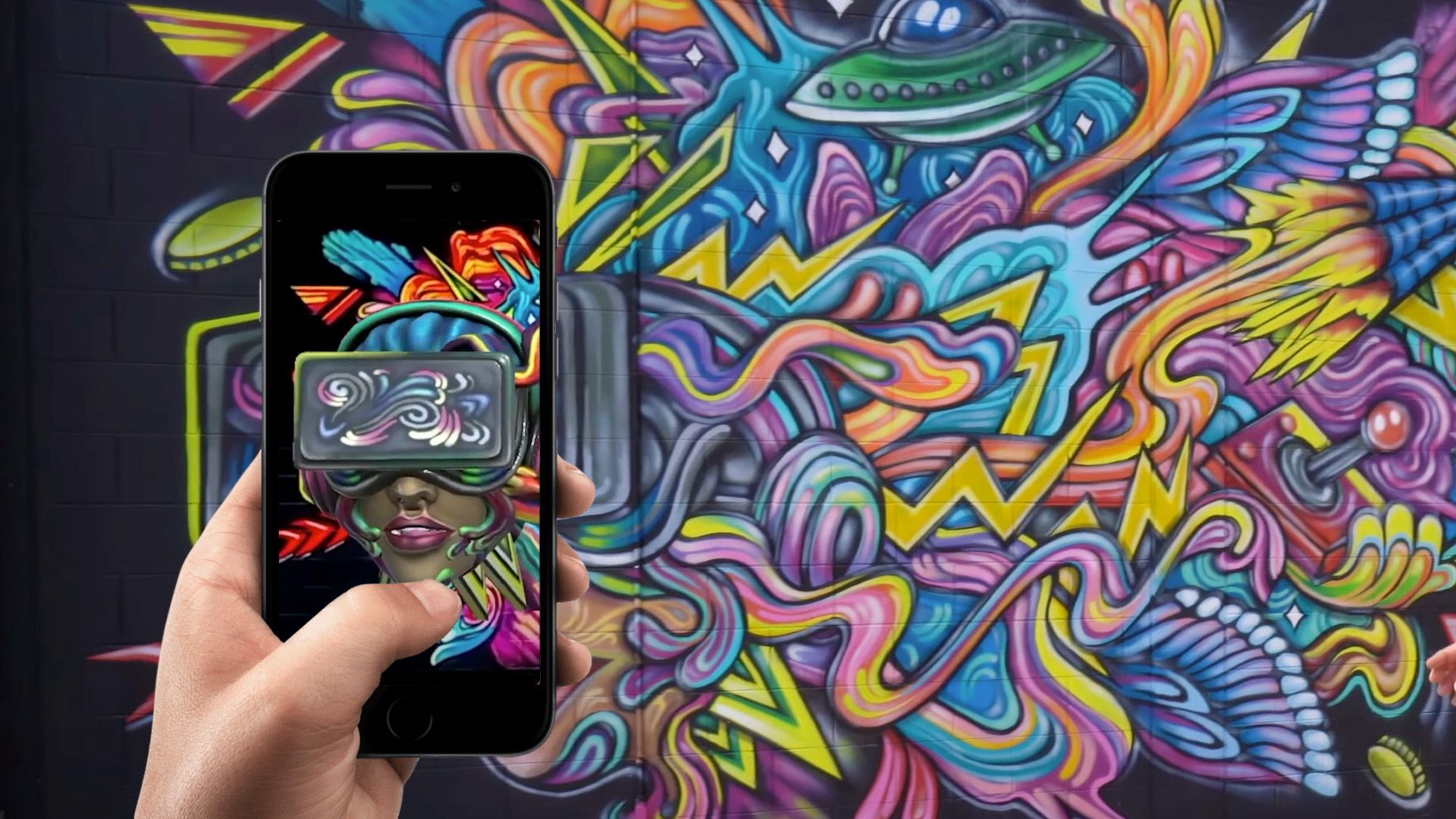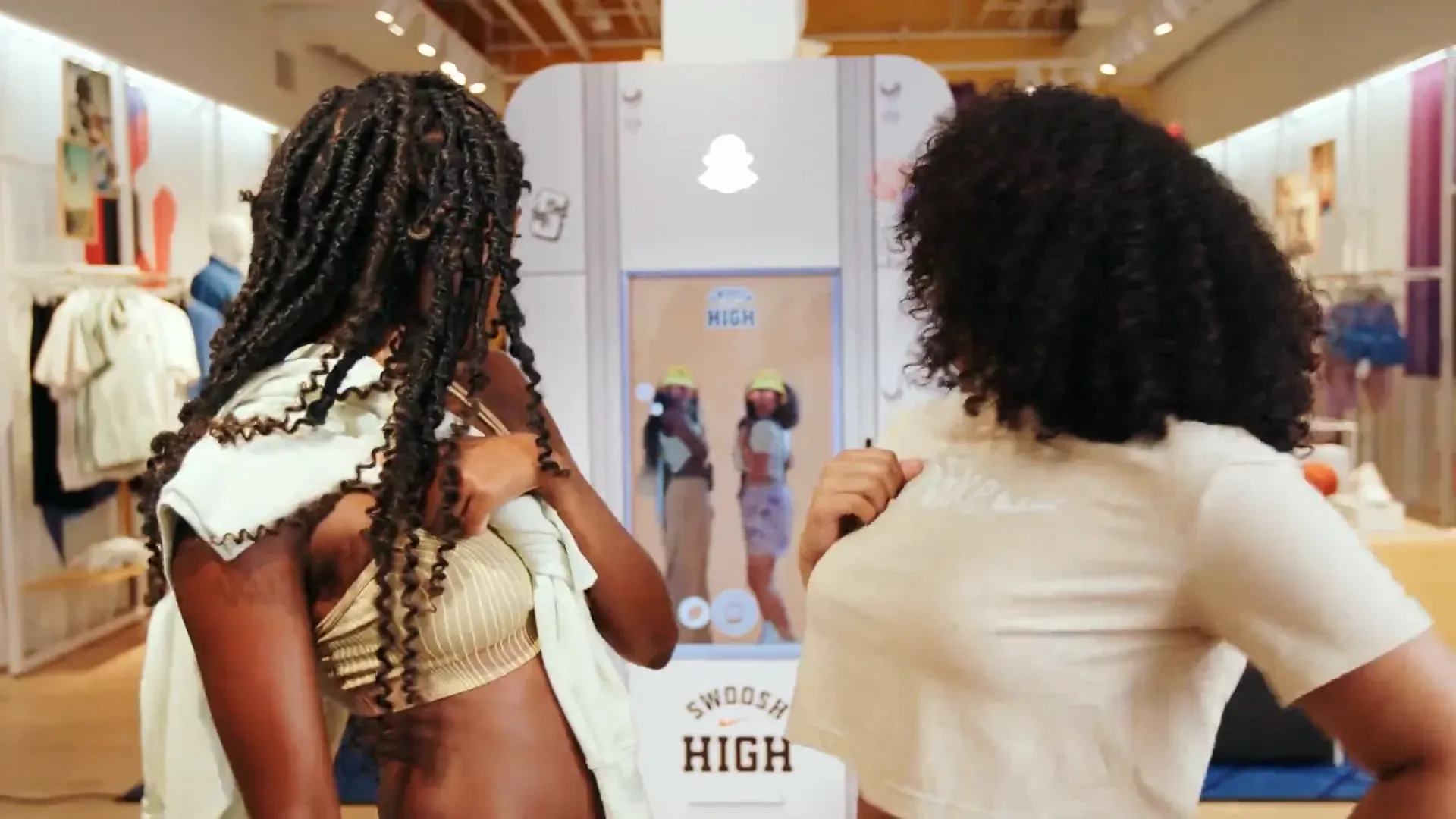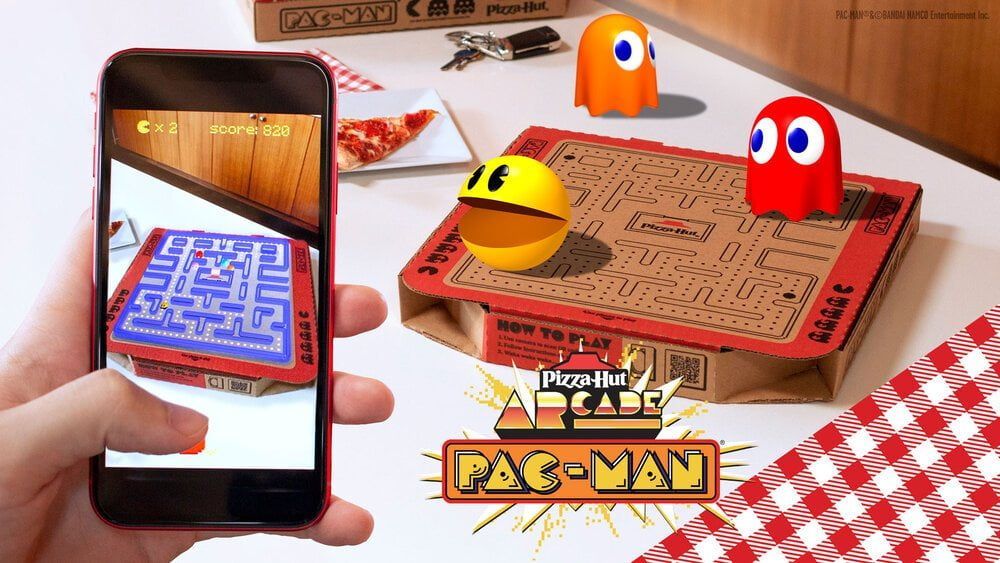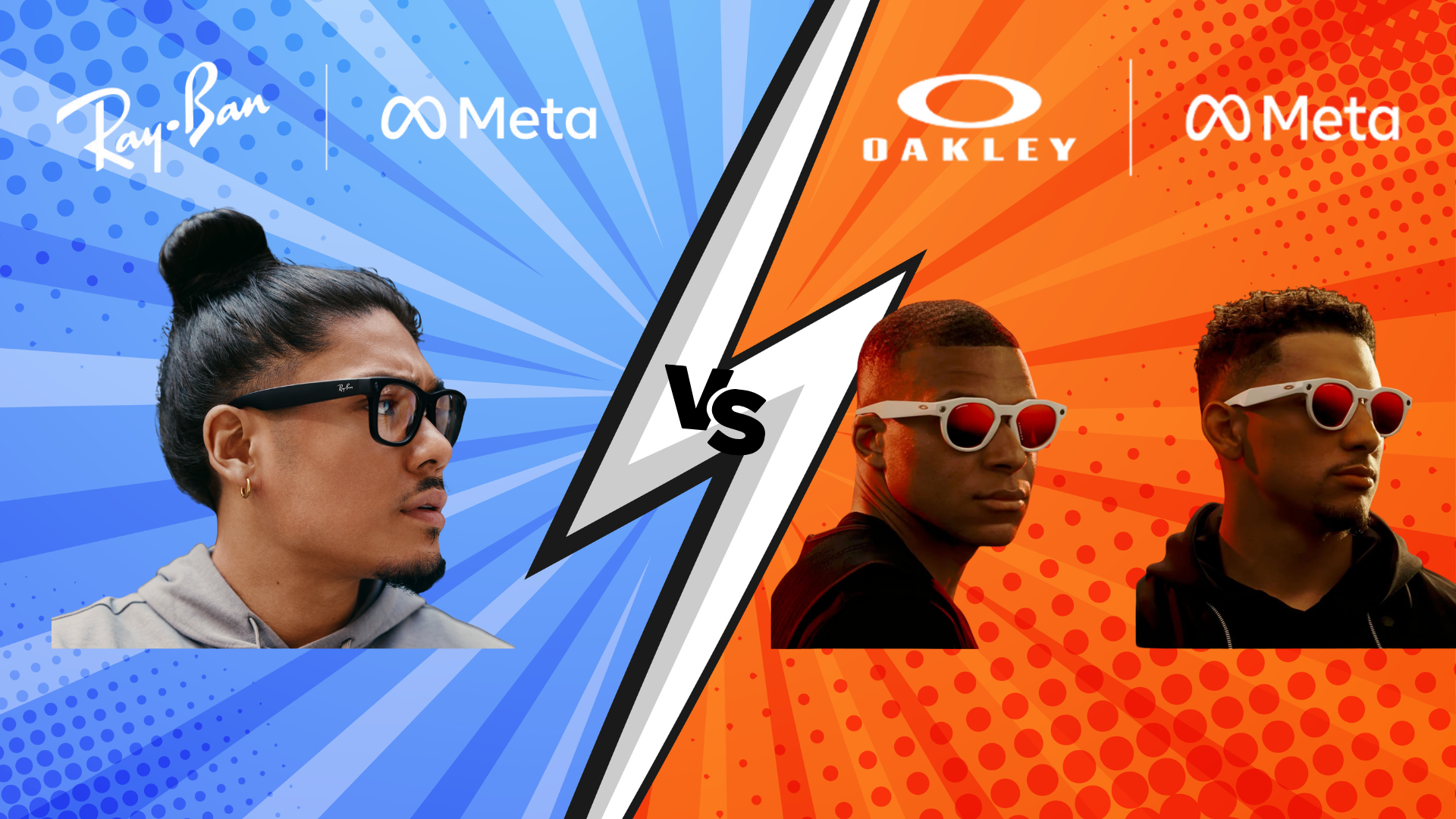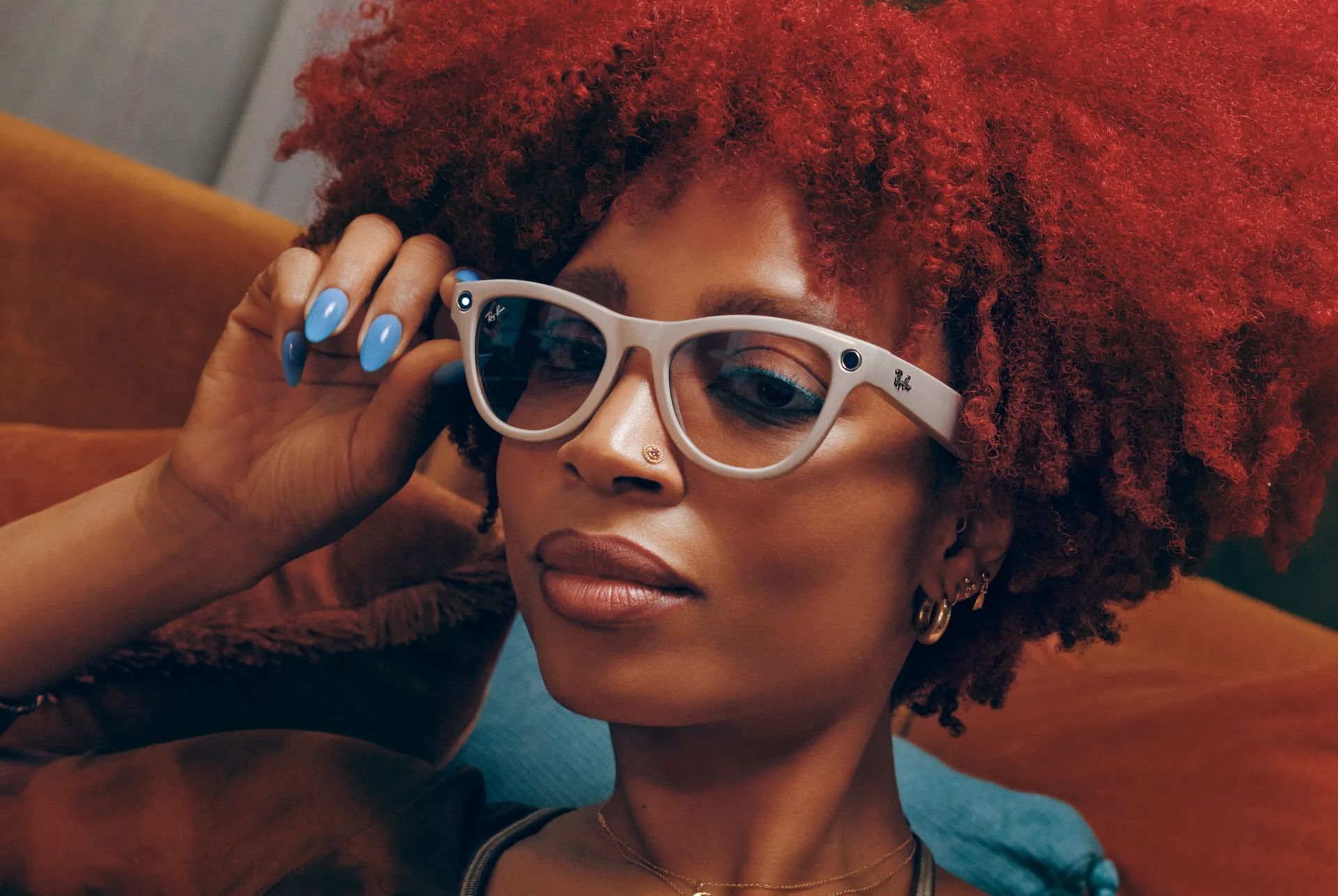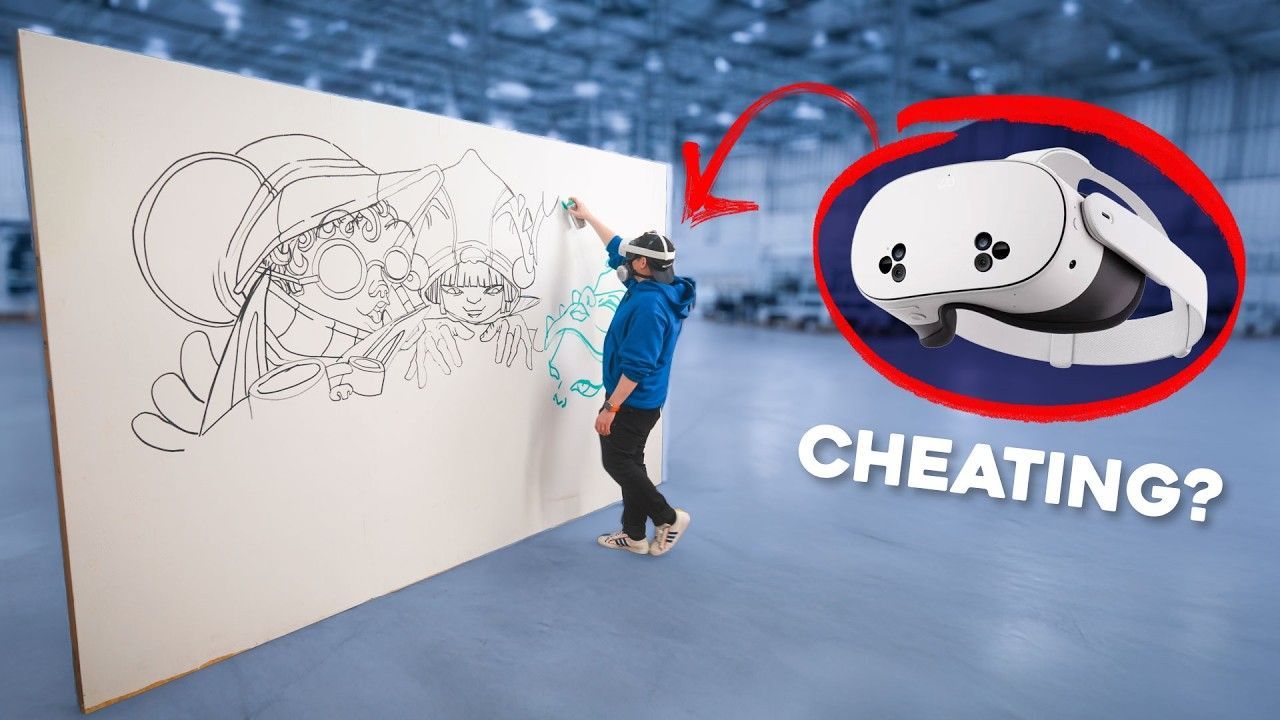Immersive Advertising: Creating Memorable Experiences
In today's fast-paced digital world, capturing consumers' attention has become increasingly challenging. Traditional forms of advertising often struggle to stand out amidst the noise. This is where immersive advertising steps in, offering a technologically advanced and innovative approach that creates memorable experiences for target audiences. By leveraging virtual reality (VR) and augmented reality (AR), brands can forge an emotional connection with consumers, leading to more effective marketing strategies.
What is Immersive Advertising?
Immersive advertising is a form of marketing that uses advanced technology to engage consumers in a deeply interactive and engaging way. Unlike traditional ads that are often passive, immersive ads invite users to participate actively, creating a more impactful experience. This can involve VR, AR, 360-degree videos, and other interactive content that makes the audience feel part of the story.
The Evolution of Advertising
To understand the significance of immersive advertising, it’s helpful to look at the evolution of advertising. Traditional forms of advertising, such as print, radio, and television, relied heavily on delivering a message to a broad audience. While effective in their time, these methods often lacked personalization and engagement.
With the advent of the internet and digital media, advertising became more targeted and interactive. Social media, search engines, and display ads allow brands to reach specific audiences with tailored messages. However, even digital advertising has limitations, as users have developed ad fatigue and often use ad blockers.
The Role of Virtual Reality
Virtual reality (VR) is one of the most exciting tools in immersive advertising. VR creates a virtual environment where users can interact with the brand in a controlled, immersive setting. For example, a travel company might use VR to give potential customers a virtual tour of a destination, allowing them to experience the sights and sounds as if they were there.
This form of advertising is particularly effective because it creates a memorable experience. By fully immersing the user in the brand's world, VR helps forge a deeper connection than traditional ads can achieve. It’s not just about seeing an ad; it’s about experiencing it.
Augmented Reality: Blending Digital and Physical Worlds
Augmented reality (AR) takes a different approach by blending digital content with the real world. This technology overlays computer-generated images, sounds, or other data onto the physical environment, enhancing the user's perception of reality. A popular example of AR in advertising is using Snapchat filters or the Pokémon GO game, where digital characters appear in the real world through a smartphone camera.
AR is incredibly versatile and can be used in various ways to enhance marketing efforts. Retailers, for instance, can use AR to allow customers to try on clothes or see how furniture would look in their homes without physically being there. This not only makes the shopping experience more convenient but also more engaging.
Creating Emotional Connections
One of the key benefits of immersive advertising is its ability to create an emotional connection with the audience. Traditional ads often struggle to evoke strong emotions because they are one-dimensional. In contrast, immersive experiences are multi-sensory, engaging sight, sound, and sometimes even touch.
When users feel a genuine emotional connection to a brand, they are likelier to remember it and develop loyalty. For instance, a VR campaign that lets users experience the thrill of driving a luxury car can create a lasting impression that a standard commercial simply cannot match.
Designing Immersive Experiences
Creating effective immersive advertising requires careful planning and creativity. Here are some strategies to consider:
- Understand Your Audience: Knowing your target audience is crucial. What are their interests, habits, and preferences? This information will help you design an experience that resonates with them.
- Set Clear Objectives: What do you want to achieve with your immersive campaign? Whether it’s brand awareness, lead generation, or customer engagement, having clear goals will guide your creative process.
- Leverage Technology: Utilize the latest VR and AR technologies to create cutting-edge experiences. This makes your campaign more engaging and positions your brand as innovative and forward-thinking.
- Tell a Story: People love stories. Craft a compelling narrative that draws users in and makes them feel part of the experience. This could be an adventure, a journey, or a problem-solving scenario.
- Measure Success: Use analytics to track the performance of your immersive campaigns. Metrics such as engagement rates, time spent interacting, and conversions will help you understand what works and what doesn’t.
Examples of Successful Immersive Advertising Campaigns
Several brands have successfully utilized immersive advertising to create memorable experiences. Here are a few notable examples:
- IKEA Place: IKEA's AR app allows users to place virtual furniture in their homes to see how it fits and looks. This enhances the shopping experience and reduces the uncertainty of buying furniture online.
- Coca-Cola's VR Christmas Campaign: Coca-Cola used VR to create a magical Christmas experience, allowing users to ride in Santa's sleigh and deliver presents. This campaign effectively captured the holiday spirit and strengthened the emotional connection with the brand.
- Audi's VR Test Drive: Audi offered a VR test drive experience, allowing potential customers to feel the thrill of driving an Audi car without leaving the dealership. This innovative approach helped engagingly showcase the car’s features.
The Future of Immersive Advertising
The future of immersive advertising looks promising as technology continues to advance. Here are some trends to watch:
- Improved Accessibility: As VR and AR technology become more affordable and accessible, more brands can incorporate immersive elements into their marketing strategies.
- Enhanced Interactivity: Future immersive ads will likely feature even more interactivity, allowing users to make choices and influence the outcome of their experiences.
- Integration with Other Technologies: Combining immersive advertising with other technologies like artificial intelligence (AI) and the Internet of Things (IoT) will create even more personalized and dynamic experiences.
- Broader Applications: Beyond marketing, immersive advertising will find applications in education, training, and healthcare, further expanding its impact.
Challenges and Considerations
While immersive advertising offers many benefits, it also comes with challenges. Here are some considerations to keep in mind:
- High Production Costs: Creating high-quality immersive experiences can be expensive. Brands need to weigh the potential return on investment against the costs.
- Technical Limitations: Not all consumers can access the necessary technology, such as VR headsets or AR-compatible devices. This can limit the reach of immersive campaigns.
- User Experience: Poorly designed immersive experiences can frustrate users and harm the brand’s reputation. It’s crucial to focus on creating seamless and enjoyable interactions.
- Privacy Concerns: Collecting data through immersive experiences raises privacy issues. Brands must ensure they handle user data responsibly and transparently.
Conclusion
Immersive advertising represents a significant leap forward in the world of marketing. By creating memorable and emotionally engaging experiences, brands can capture the attention of their target audiences in ways that traditional advertising cannot. As technology continues to evolve, the possibilities for immersive marketing will only expand, offering exciting new opportunities for brands to connect with consumers.
Whether through virtual reality, augmented reality, or other innovative methods, immersive advertising is poised to become a cornerstone of modern marketing strategies. By embracing this technologically advanced approach, brands can stand out in a crowded marketplace and build lasting relationships with their customers.
TALK TO A PRO
We're here to bring your brand to life!
Stay Connected with BrandXR
Create Augmented Reality for Free!
Create, Publish, and Measure 3D Augmented Reality Experiences Without Having to Code.
